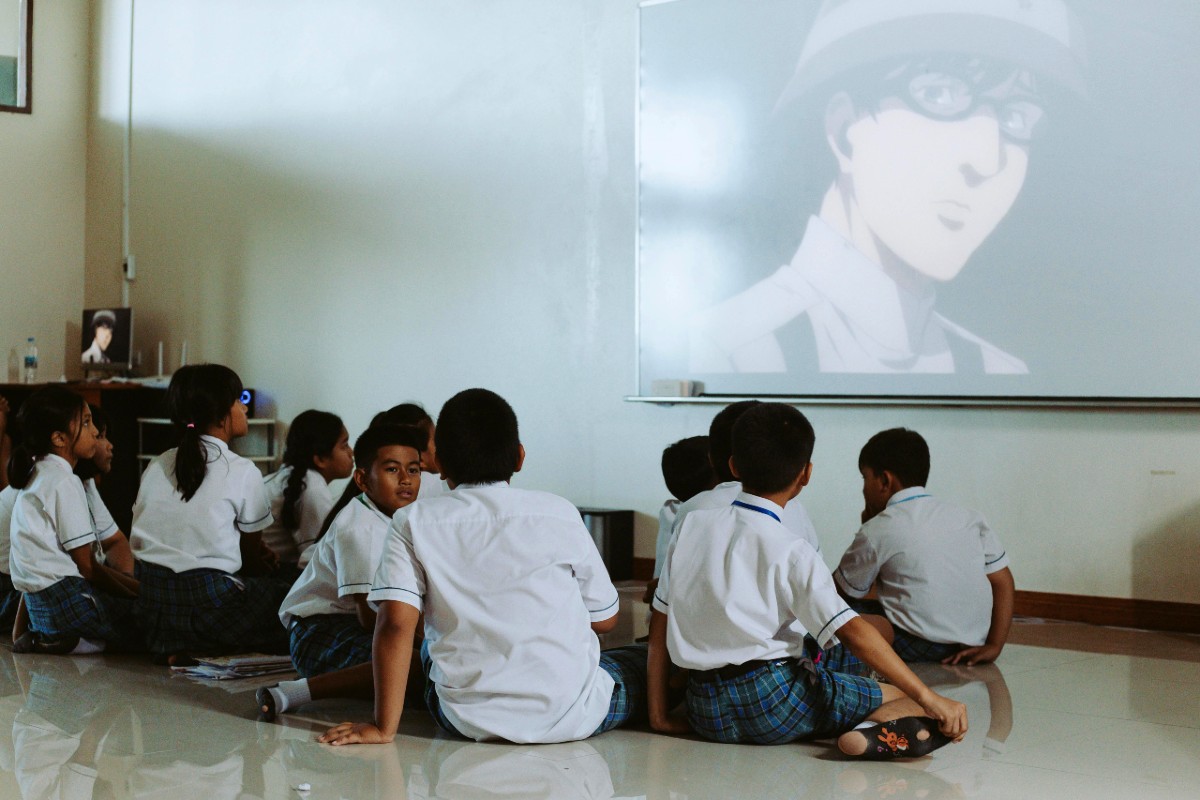Achieving universal education by 2030 demands significant improvements in teacher recruitment, training, and retention across developing countries in Asia and the Pacific. Improving the status of teachers, expanding certification programs, and incorporating technology are essential steps.
Many developing countries face a severe crisis in teacher recruitment and retention. The United Nations Educational, Scientific, and Cultural Organization estimates that globally 69 million additional teachers would need to be recruited to achieve universal primary and secondary education by 2030.
That’s a big number.
In developing countries of Asia and the Pacific, it’s a major challenge, but the region has some advantages to leverage.
The Varkey Foundation’s Global Teacher Status Index 2018 found that teachers in the region were the most revered worldwide, with Malaysia and the People’s Republic of China likening them to the status of professionals like doctors.
Similarly, countries also place importance on teacher recruitment and retention policies. In Singapore, only 20% of secondary school students who apply to teacher education programs are accepted, and all teachers come from the top third of students. Teachers in the Republic of Korea enjoy generous pay and conditions and are recruited from the top 5% of graduates.
If Asia and the Pacific is to continue to grow in prosperity, educational quality is fundamental as economies transition from manufacturing to knowledge and tech hubs.
Quality and equity in education are at the core of the UN’s Sustainable Development Goal (SDG) education agenda, with targets relating to addressing gender gaps and access for marginalized groups, including persons with disabilities, indigenous peoples, and vulnerable children. To further illustrate the region’s education divide, SDG 4.C.1. tracks the proportion of teachers who are suitably qualified to work in pre-primary, primary, lower secondary, and upper secondary education.
The Asian Development Bank’s Basic Statistics series presents data for 46 economies in Asia and the Pacific on development indicators tracking progress toward the SDGs. Looking at the 2024 edition’s data on SDG 4.C.1, thirteen economies have already attained 100% minimum required training for teachers at primary level. In several other economies, less than 90% of primary school teachers are able to meet minimum training qualifications.
While SDG 4.c.1 refers to the percentage of teachers who have received at least the minimum training required for teaching at the relevant level in a given economy, evidence from the United Nations Children’s Fund’s Southeast Asia Primary Learning Metrics 2019 survey highlights the level of preparation and training teachers in Southeast Asia receive when entering the profession.
Teachers in the participating countries had varying qualifications and degrees of preparation. While a majority of teachers in the Philippines, Malaysia, and Viet Nam held bachelor’s degrees or higher, teachers across the Lao People’s Democratic Republic and Cambodia rarely had these qualifications.
A majority of teachers reported receiving general training, but many lacked subject-specific training and coaching in delivering inclusive, quality education for all learners.
If Asia and the Pacific is going to come anywhere close to reaching the SDG target of universal education by 2030, there is an urgent need to upgrade the profession.
The Teacher Task Force is an independent alliance that emerged in 2008 from the Oslo Declaration. The task force is dedicated to supporting countries as they strive to meet SDG-related education targets. It calls for improved financing for the sector, allocating 4% to 6% of GDP or 15% to 20% of public expenditure to education.
Again, these would be enormous increases in national education budgets for developing economies recovering from the COVID-19 pandemic and grappling with elevated import and debt costs. While offering competitive salaries and benefits is clearly central, what else can be done to improve the lot of teachers while not pressuring budgets too much?
The Teacher Task Force believes an improvement in the status of teachers, including better teacher participation in educational decision-making, will help attract more professionals to the profession.
More robust teacher training programs that focus on both subject matter and teaching skills are also critical. Teacher retention rates can be increased by incentivizing career advancement and reducing some of the pressure associated with the job.
Technology has been put forward as a way of making the teaching process less onerous. Learning management systems have rapidly developed to allow for a centralized system of planning, implementing, assessing, and documenting the learning of students.
Some of these measures, particularly focusing on teacher training, are being implemented with success in the region. These include policies that expand teacher certification programs to include online and hybrid options that can widen professional accessibility for new trainees.
Getting into the profession can be made easier by broadening entry requirements; not everyone should need a first degree in education to become a teacher.
Azerbaijan has begun investing more into the professional development of teachers. Armenia, Bhutan, and the Kyrgyz Republic have been revising their teacher policies, including redefining professional standards and entry points into the profession.
Certification is an important part of upgrading the role of teachers and normally consists of a rigorous performance process that involves subject matter expertise, teaching skills, and documented ability to improve student learning. Armenia has introduced voluntary teacher certification that provides a salary increase for those who successfully complete it.
These developments are all significant and could be appropriately replicated in other parts of Asia and the Pacific to strengthen the drive towards universal education. Universal education is not just an international goal. It is a vital component of the effort to improve the lives of people in the region.
Source : Asian development blog



